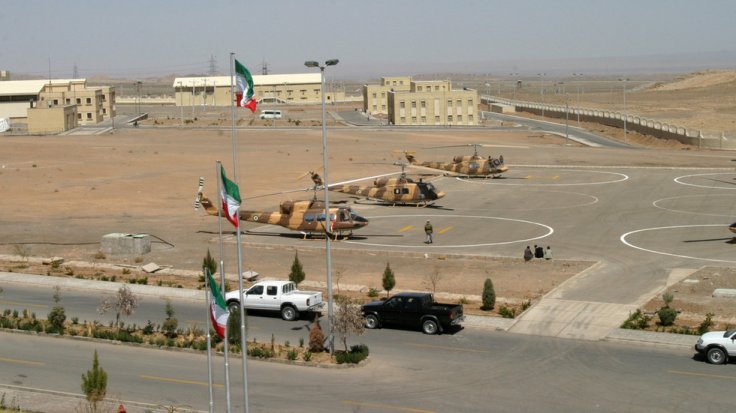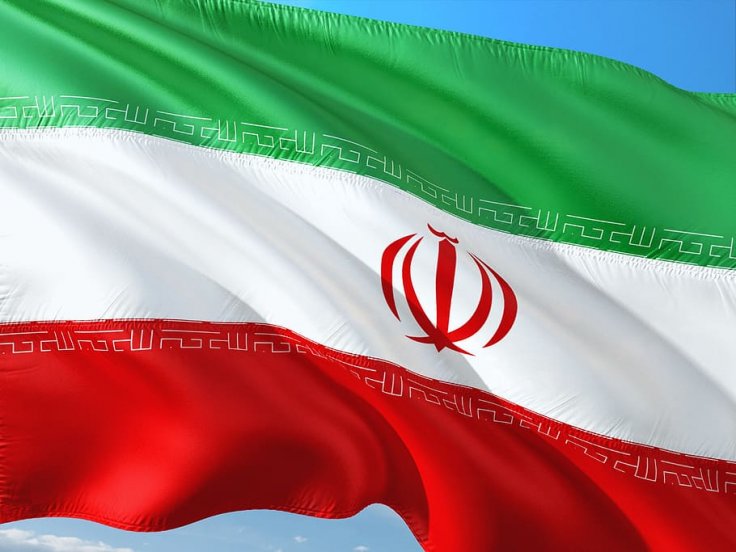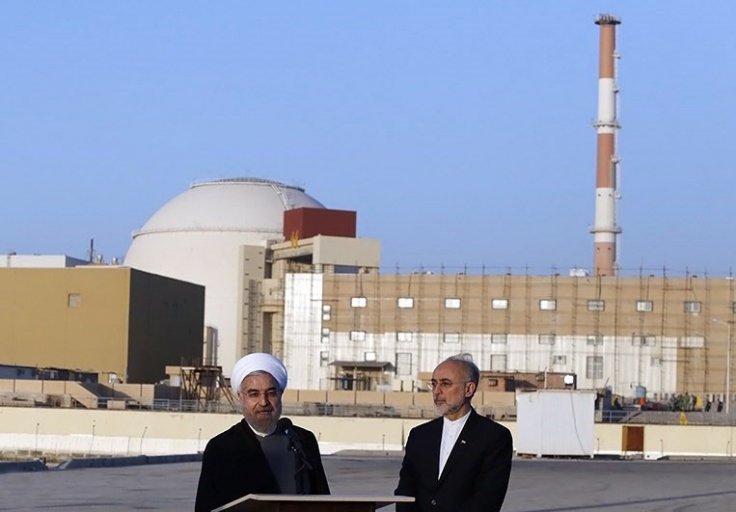Iran has allowed the UN nuclear watchdog to inspect and collect environmental samples from one of the two sites it had agreed to grant access to last week following a protracted standoff. However, the UN nuclear watchdog in a separate report on Friday said that Iran has been stockpiling huge amounts of enriched uranium which is in violation of the limitations set down in the 2015 nuclear deal with world powers.
The signs definitely are worrying and given the present scenario, speculation is once again rife that Iran is close to developing a nuclear bomb. The International Atomic Energy Agency (IAEA) said that Iran has so far has been cooperating with the inspection of the first site and an inspection at the second site will take place "later in September 2020 on a date already agreed with Iran".
Iran Violating 2015 Nuclear Deal

Iran announced last week that it would grant access to the IAEA to the two sites, following a visit to Tehran by the agency's Director General Rafael Grossi. Iran had earlier denied access to the agency, prompting the IAEA's board of governors to pass a resolution in June urging Iran to comply with its requests.
However, what is more worrying is a second report that was also released on Friday. The IAEA in the second report has said that Iran's stockpile of low enriched uranium (LEU) now stands at more than 10 times the limit set down in the 2015 nuclear deal.
According to report, Iran by August end had stockpiled 2,105.4 kilograms of low-enriched uranium, up from 1,571.6 kilograms reported in May. Under the 2015 deal, known as the Joint Comprehensive Plan of Action (JCPOA), Iran is allowed to stockpile only up to 202.8 kilograms of low enriched uranium. That said, the stockpile remains far below the many tons of enriched uranium Iran had accumulated prior to the 2015 deal.
What is Iran Planning?

According to IAEA report, Tehran is enriching uranium up to a fissile purity of 4.5 percent, which while quite above the deal's 3.67 percent limit. However, it is still far short of the 20 percent higher-enriched level it achieved before the 2015 deal. Roughly 90 percent purity is considered weapons-grade, suitable for an atomic bomb.
Before the JCPOA, Iran had enriched its uranium to a fissile purity of 20 percent. According to the Washington-based Arms Control Association, in order to produce one nuclear bomb, Iran would require 1,050 kilograms of uranium enriched at 3.67 percent. It would then need to enrich it further to 90 percent purity or above.
In that case, Iran has both the resources and the ability to produce a nuclear bomb. Iran aggression stems from the many sanctions that have been imposed on the country over the past couple of years. Iran has been violating the JCPOA restrictions since the United States unilaterally pulled out of the agreement in May 2018 and reimposed crushing sanctions, saying it needed to be renegotiated. "We cannot prevent an Iranian nuclear bomb under the decaying and rotten structure of the current agreement," Trump has said at that time.

Iran had signed the nuclear deal with the five permanent members of the UN Security Council — United States, Germany, France, Britain, China, and Russia — against which it was promised economic incentives in return for the curbs on its nuclear program. However, that now is a thing of the past which becomes more evident from the way Iran has been aggressively moving toward its nuclear ambitions.
Experts believe that if Iran decides to make a nuclear bomb, it can do that in three to six months but to actually weaponize a device, it would longer time. The only positive sign amid all these is that Iran has allow IAEA to access the two sites that still keeps the deal alive to some extent.









